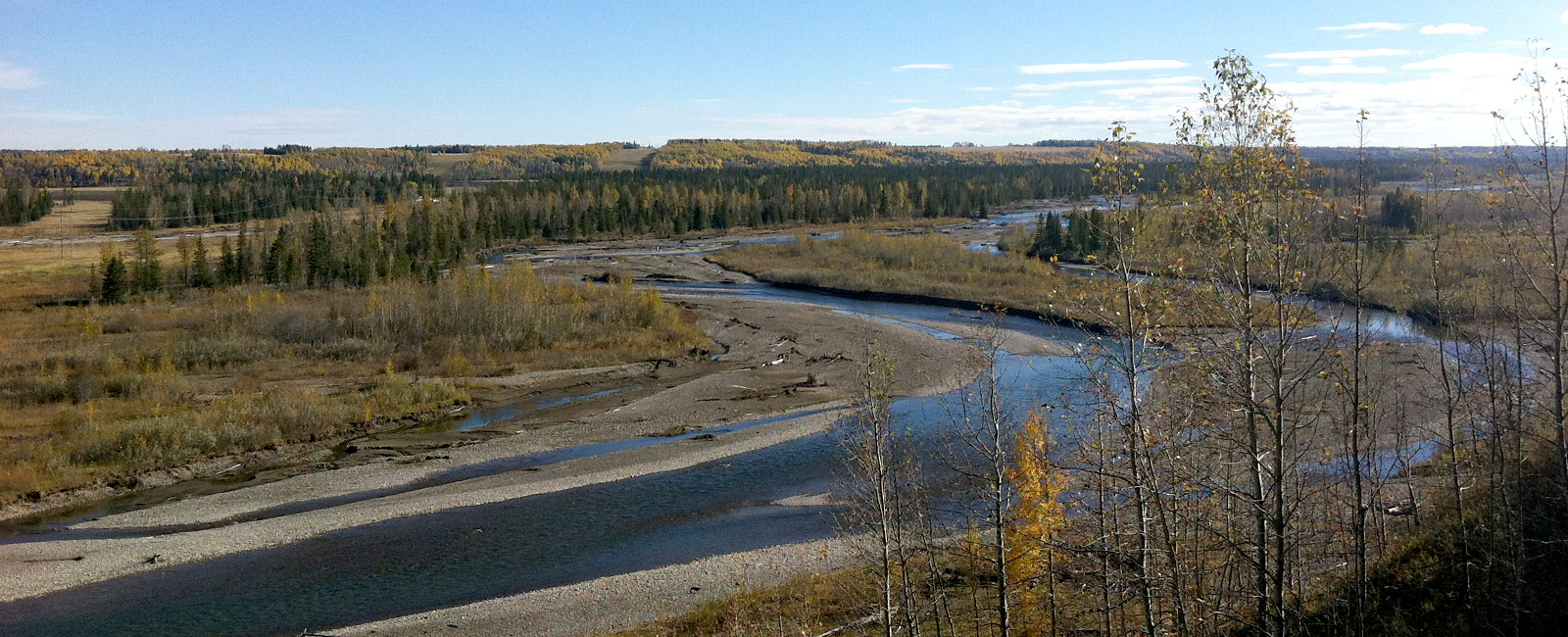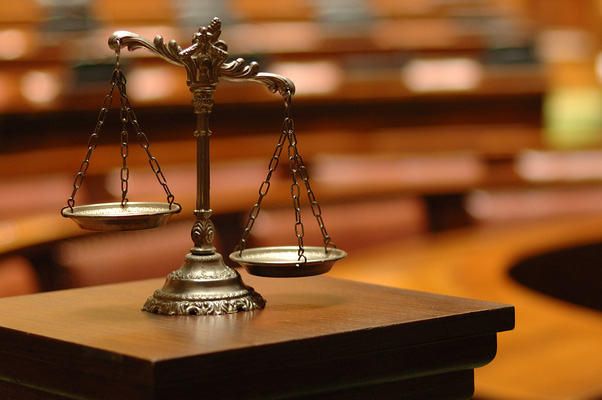
Lacey Harbicht is speaking on natural vs anthropogenic salinity at the 2017 Annual CLRA Conference
- Date: February 22 - 24, 2017
- Location: Sheraton Red Deer in Alberta (3310 50th Avenue, Red Deer, Alberta T4N 3X9) + Google Map
Lacey Harbicht represented Chemistry Matters at the Canadian Land Reclamation Association (CLRA) Annual Conference.
On Thursday, February 23rd, Lacey presented “Using Fingerprint Techniques and Multivariate Statistics to Identify Natural Salinity versus Anthropogenic Salinity.” This talk covered the use of solid science to determine true salinity impacts from natural levels.
Presentation Abstract
The ability to recognize natural salinity in soil versus anthropogenic salinity is the key to prevent unnecessary remediation. Using salinity fingerprinting techniques along with the use of multivariate statistics, it is possible to identify natural saline conditions from those caused by anthropogenic sources.
Naturally elevated salinity ions in soil may be found in concentrations high enough to elevate salinity related parameters (i.e. electrical conductivity (EC) and sodium adsorption ratio (SAR)) above applicable guidelines.
Using basic chemistry, visual representations of the salinity fingerprint in the soil can be made by simple radar plots of the cations and anions in the soil samples.
This presentation will review various fingerprinting techniques will be along with their uses for both simple and complex sites. Lacey will present case studies to help demonstrate the process of dealing with potential natural saline sites.
About the Conference
The CLRA annual meeting brings together academics, environmental advocates, environmental chemists, and more. This year’s theme is “Reclamation in Times of Fiscal Restraint: What are the Opportunities?”
Learn more about the CLRA Annual Conference: http://www.clra.ca/

 Provides expert support to projects involving litigious or contentious subjects. These expert witness services are founded on chemistry principles and proper application of scientific methods.
Provides expert support to projects involving litigious or contentious subjects. These expert witness services are founded on chemistry principles and proper application of scientific methods.